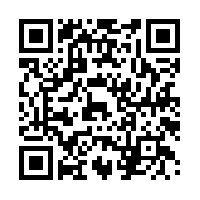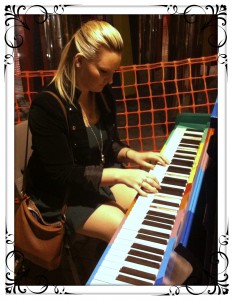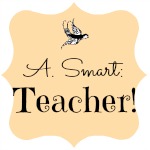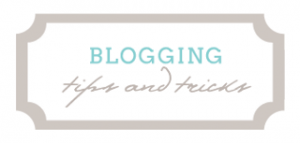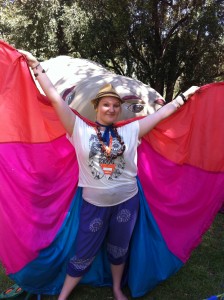I love my job.
Don’t get me wrong.
When I was younger I used to sit my stuffed toys in front of a whiteboard we happened to have in our house. I would call the roll “Good morning Ted, good morning Peter Rabbit, good morning Pillar (named after a Spanish lady on a kid’s TV show I watched), good morning Big Josh the wombat”. None of them ever replied, but in my imagined world they were the most well-behaved class an aspiring teacher could ask for. Occasionally I invited my neighbour’s kids around (I had three years on them) and forced them to sit and learn Year 3 Maths on their Saturday afternoon. I took role-play to the extreme. When watching television and film, there was no character I idolized more than Embeth Davidtz’s Miss Honey in Danny Devito’s 1996 adaptation of Matilda. I adored her. I wanted to be her, the perfect teacher, loved by students, caring, kind and beautiful.
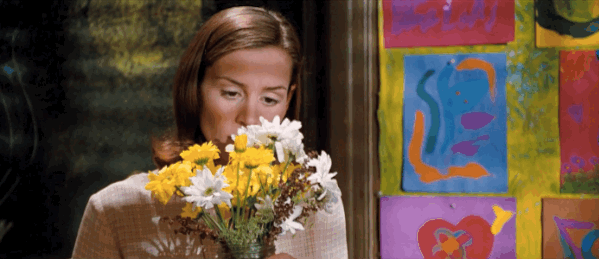
As a teenager it took me a while to really identify where my passion lay. I was torn between being the fiercely independent feminist, the tortured artist, and the dependable educator. I wanted to have a successful, high-paid job in a male dominated industry, like politics or engineering, to prove my intelligence and abilities… but I desperately wanted to do a job I knew I would enjoy doing for the rest of my life. I wanted to perform, to act and be the center of attention… but sensibility and awkwardness soon drew me away from pursuing performing arts. It wasn’t until someone handed me a university pamphlet on education that it really occurred to me that teaching was a job I was absolutely passionate about, and gave me the opportunities to really have an impact on the lives of others, and leave my mark on a new generation of children.
As a child I idolized my teachers, as a teacher I idolize my colleagues.
Throughout university I worked hard. And I don’t work hard for any thing. To become a teacher though, for that, I worked harder than I have ever worked for anything. I came out the other side with a Grade Point Average of 6.4/7 (that is the 90th percentile) and received three letters of commendation across my degree. I went the extra mile to undertake professional development in areas of education that are in current demand, like differentiation, open-ended numeracy, literacy intervention strategies and incorporating ICTs. I was in the top 15% of students who studied my degree and I maintain community and extra-curricular school involvement, despite only being a casual reliever. I volunteer on camps, at sports days, I attend out-of-hours school events, I go to assemblies and special celebrations. I love my job.
Yet I am here, a second year graduate, highly educated, sitting at home on a school day, watching the Superbowl and feeling sorry for myself, while my colleagues and peers go about their days in their classrooms.
Don’t get me wrong, I love my job. I have written before about the great perks of being a reliever, and I would hate anyone to think I am ungrateful for the work I DO have. I am working tomorrow for the first time this year in a classroom I absolutely love, with children I have taught previously. I cannot wait. But I am also incredibly sad. I watch teachers post excitedly about their new classrooms, about their job interviews, about their new roles. I see pictures of beautifully set up classes that are Pinterest-worthy. I see friends writing about their cohort of students, about the challenging ones, the gorgeous ones, the quirky ones. I am sad and I am angry at myself for feeling jealous. I wonder if I should have worked harder to have that for myself. Or wonder whether I have just been in the wrong place at the wrong time. OR, maybe there is something wrong with me, perhaps I am unlikeable and I am being looked over because I don’t act in a certain way or ingratiate myself with the right people.
Don’t get me wrong though. I love my job. But I am disheartened at sitting at home. I am saddened at the feeling of not being good enough. And I am also annoyed at myself because I know there are others who have been in this situation much longer than I have, who have worked just as hard. I wonder how long I will wait, and how long I have to keep justifying how much I love my job and how great relieving actually is. I DO love my job. There ARE wonderful benefits of relieving… like I totally got to hang out with my Dad and watch the Superbowl today, we ate toasties and shared a pot of tea and have a guilt-free day off work because as a casual, that is my prerogative. I get to schedule dentist appointments without the stress of booking it off. I have no obligation to go to staff meetings, to do programming, to stay at school past 3:30, to throw class parties, to spend my cash on resources for my classroom (although I do half these things anyway). There are certainly perks.
I love my job.
But, I also hate my job.
I am saddened by my job.
I question whether being a classroom teacher was only ever a pipe dream.
I question myself, and my abilities.
I question whether I can financially justify staying in a casual role.
I wonder if my passion for education, my hard work, my love for my students, my enthusiasm, my dedication, my intelligence, my approach to teaching will ever be enough.
I love my job, but it is killing me.





